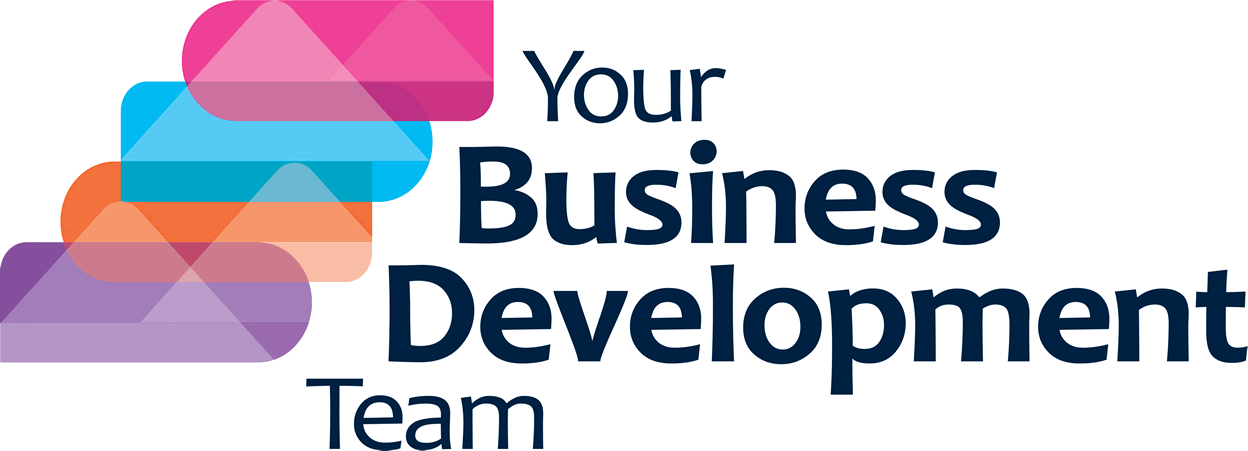In the world of sales and business development, people are always judged by their sales success. Their job longevity depends on developing an ever-growing pipeline with a high percentage of deals closed quickly. This has been my world for much of my professional career and whilst I got some great training along the way there was a key thing they all seemed to miss. I recently came across some research undertaken by Disc which basically states that only 35% of the population are likely to make a buying decision quickly. The remaining 65% like to take their time, which could be anything from days to months depending on the product.
This means two important things to a Sales Director who wants his team to succeed:
- Identifying early adopters is key to getting some sales in quickly and keeping senior management happy.
- Keeping in contact with the rest of the medium to late adopters through structured follow-up is as important.
So, how to go about doing this? Read up on buying styles. As always, there are a quite a few theories and numbers. I like the Disc approach, which identifies four styles:
- The Decisive: These buyers have a clear picture in their mind of what results they want. They are more often interested in “winning” or “promoting their own agenda” so they like to buy when they feel they have “gotten their way,” so to speak. They are attentive to actions or communication that will speed up those results. Discussions about details and minutiae are distracting to these individuals. They prefer to discuss top-line, big-picture concepts when considering the value of any offer.
- The Interactive: These buyers want to shape events and enjoy “getting their way” when it comes to negotiations or buying something. They are interested in people and like to interact with others. They are most receptive to making a buying decision when they feel a sense of connection with the person, are in a more social environment and have had the opportunity to express their emotions about the offering first. This person is also particularly inattentive to details, preferring to stick to the big-picture and emotional benefits of the solution.
- The Stabilizer. These buyers are more passive and introverted and interested in the how and why of a solution. Their primary interests are in maintaining stability within themselves and whatever situation they find themselves in. Messages that don’t address the specifics, or that champion radical change, are likely to alienate rather than resonate. They prefer to “take their time” more than any other dimension so any offering should give them plenty of time to decide.
- The Conscientious: These buyers are also more passive and introverted. They too take a much more detailed and accuracy-based approach to their buying habits. Without sufficient data to prove any statements made to them, you will fail to achieve their buy-in. They are therefore receptive to offerings that provide proof that the solution works and proposals that are meticulously detailed.
The next thing to do is to make sure that you are able to identify the type of buyer hiding in new leads coming in as quickly as possible. This will allow you to ensure that they are approached correctly for the best outcome.
Your sales team should be hot on the heels of early adopters whilst the medium to slow adopters should be followed up appropriately. This sometimes means taking it away from your eager and impatient sales people. Often, everyone in your business is very busy and as a result non-urgent, but essential, activities such as lead nurturing and systematic follow up, get put to one side.
We have recently developed a lead nurturing solution to support this situation. Click here to read more.


